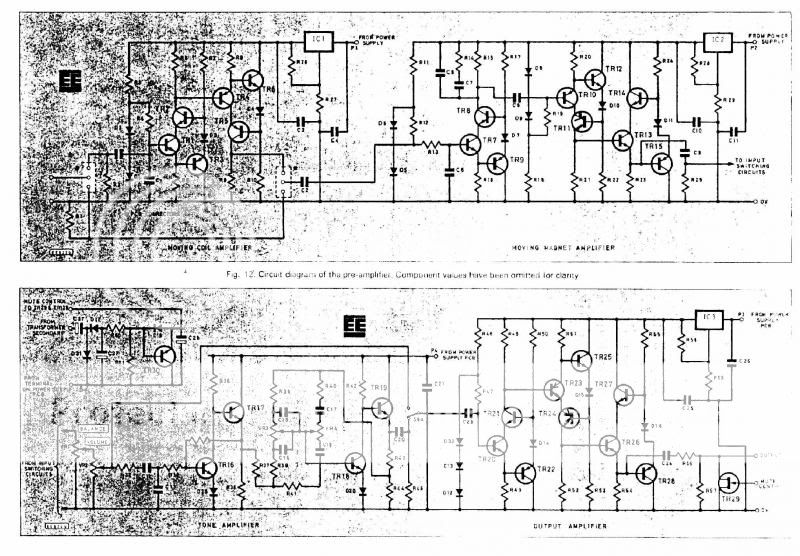Hi All
Well I am interested to know if anyone knows or built this Class A. /B 45 watt amp kit amp Designed by Graham Nalty know of black widow cables
I have all the PCBs Plus build and upgrade Manuals of the Day for this separate Pre/Power Amp combo, which I still have not built as went in a different direction with my Hi Fi i will have to lookin to building this think some winter nights soon
Both pre/ power amp use lots of Voltage Regs
The Amp was give good review by Martin Colloms of Hi Fi Answers I Think at the time
The Apex Amp Schematic

And overlay

Well I am interested to know if anyone knows or built this Class A. /B 45 watt amp kit amp Designed by Graham Nalty know of black widow cables
I have all the PCBs Plus build and upgrade Manuals of the Day for this separate Pre/Power Amp combo, which I still have not built as went in a different direction with my Hi Fi i will have to lookin to building this think some winter nights soon
Both pre/ power amp use lots of Voltage Regs
The Amp was give good review by Martin Colloms of Hi Fi Answers I Think at the time
The Apex Amp Schematic

And overlay



